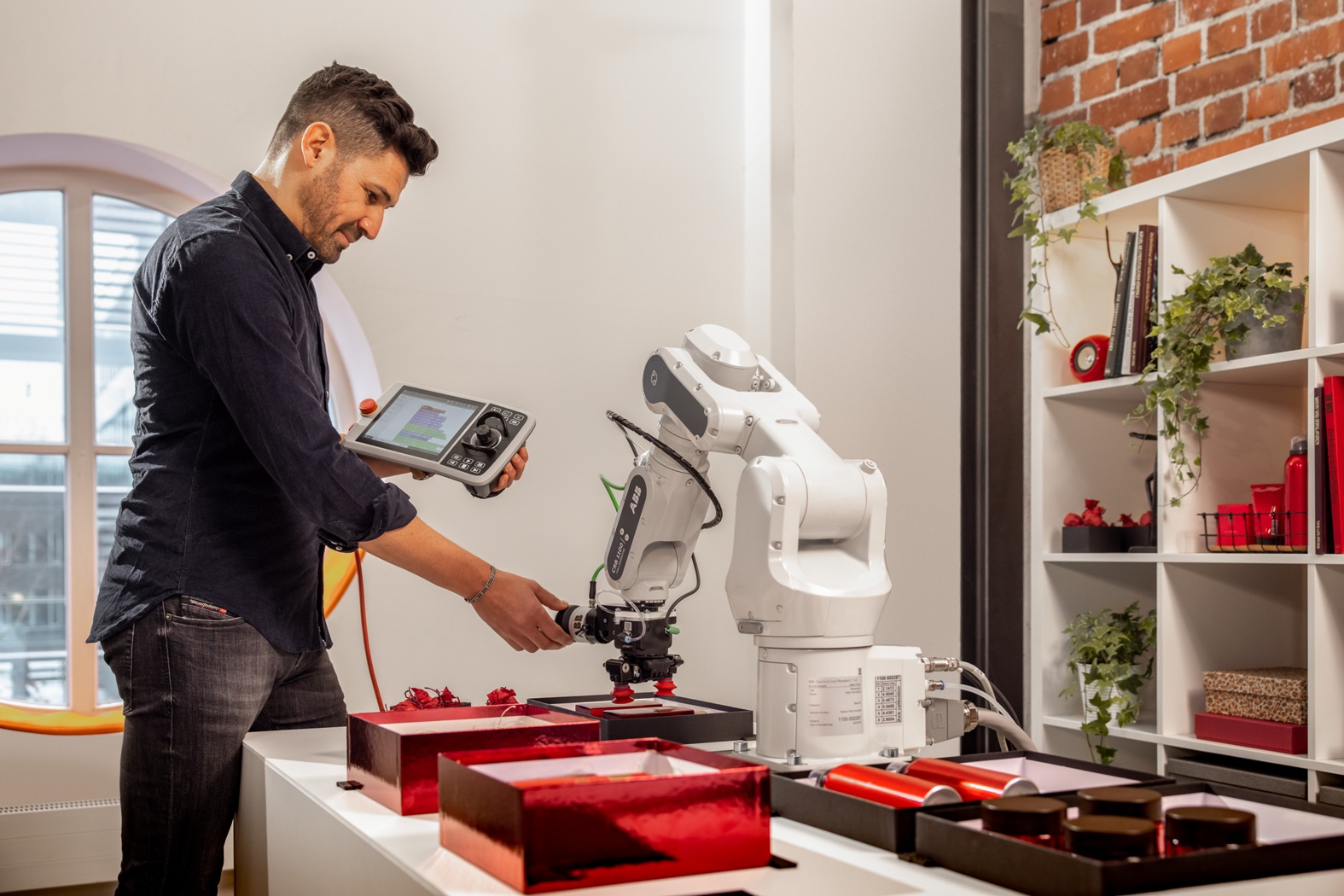The role of collaborative robots is expanding with new applications, smarter cobots and dual role machinery
The robotics market has been heating up with some pace as competition grows amongst key suppliers to place their technology into more applications beyond the conventional light assembly tasks.
The development of the Cobot (Collaborative Robot) in recent years has helped to set the frantic pace. Robots of old have always needed to be distanced from human operators to stop them getting in the way of each other with potentially catastrophic consequences.
Sensor technology has helped to enable robots and humans to work in the same space and perform joint tasks in a collaborative way. This has led to some groundbreaking applications but the consequence is that operations have slowed down since the robot has to operate at a human pace.
Now, ABB has expanded its range of Cobots from its original YuMi (You Me) product to the new GoFa and SWIFTI devices.
According to ABB, the new pair in its portfolio are designed to be used intuitively so users don’t need in-house programming specialists. This will unlock industries that have low levels of automation, with customers able to operate their cobot within minutes of installation, straight out of the box…… plug and play robotics!
Users only need tablet or smartphone skills to be able to program and re-program the cobots, which ABB sees as being entry level robotics for smaller companies involved in healthcare, light manufacturing and assembly amongst others.
Italian robot company, Comau, has also expanded its range of cobots with the Racer-5. In this case, the company is trying to bridge the gap between traditional robotic operations and collaborative tasks. The 6-axis articulated robot automatically adjusts the way it operates if a human is present.
In this way, it can complete industrial tasks swiftly and adjust its speed when it needs to perform tasks with a human operator in the cell. This provides opportunities to perform complex hybrid tasks in one cell where occasional operator intervention can be configured into the process within a standard robot operating zone.

